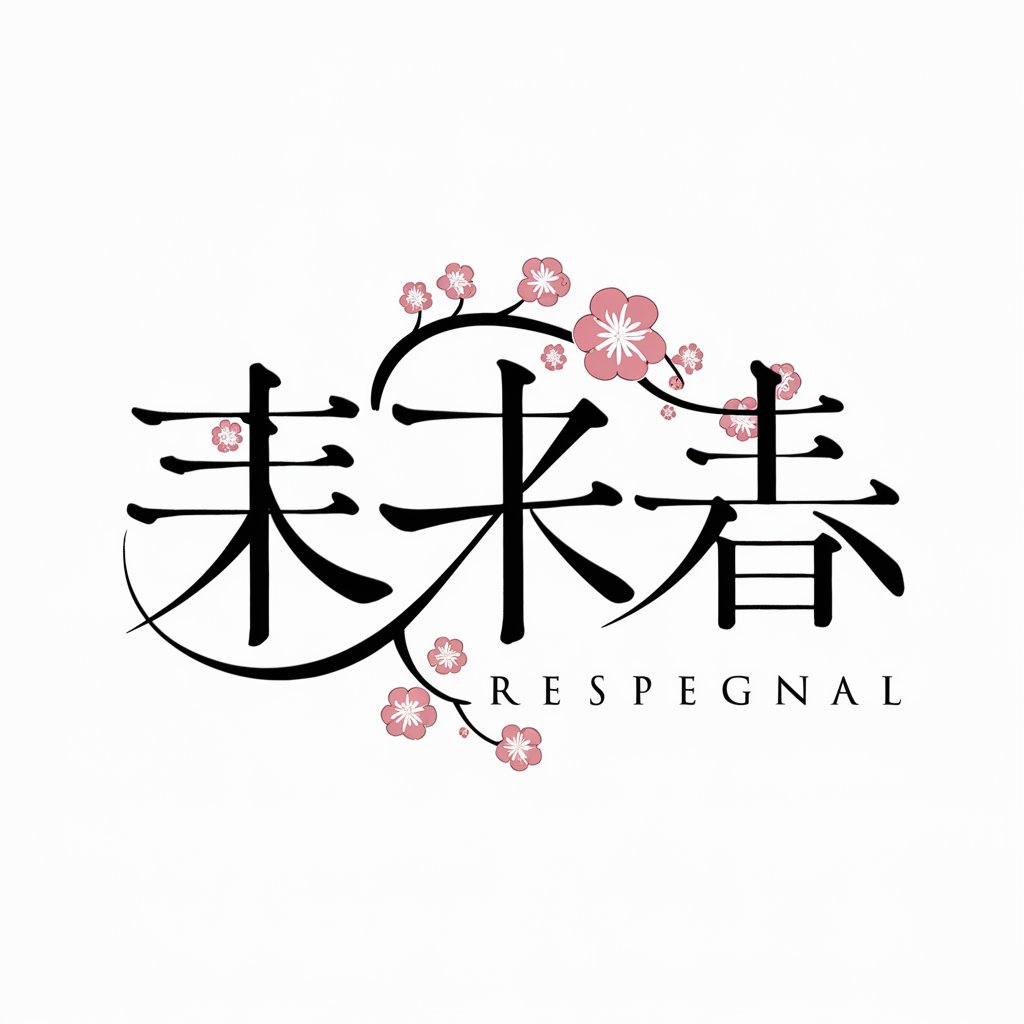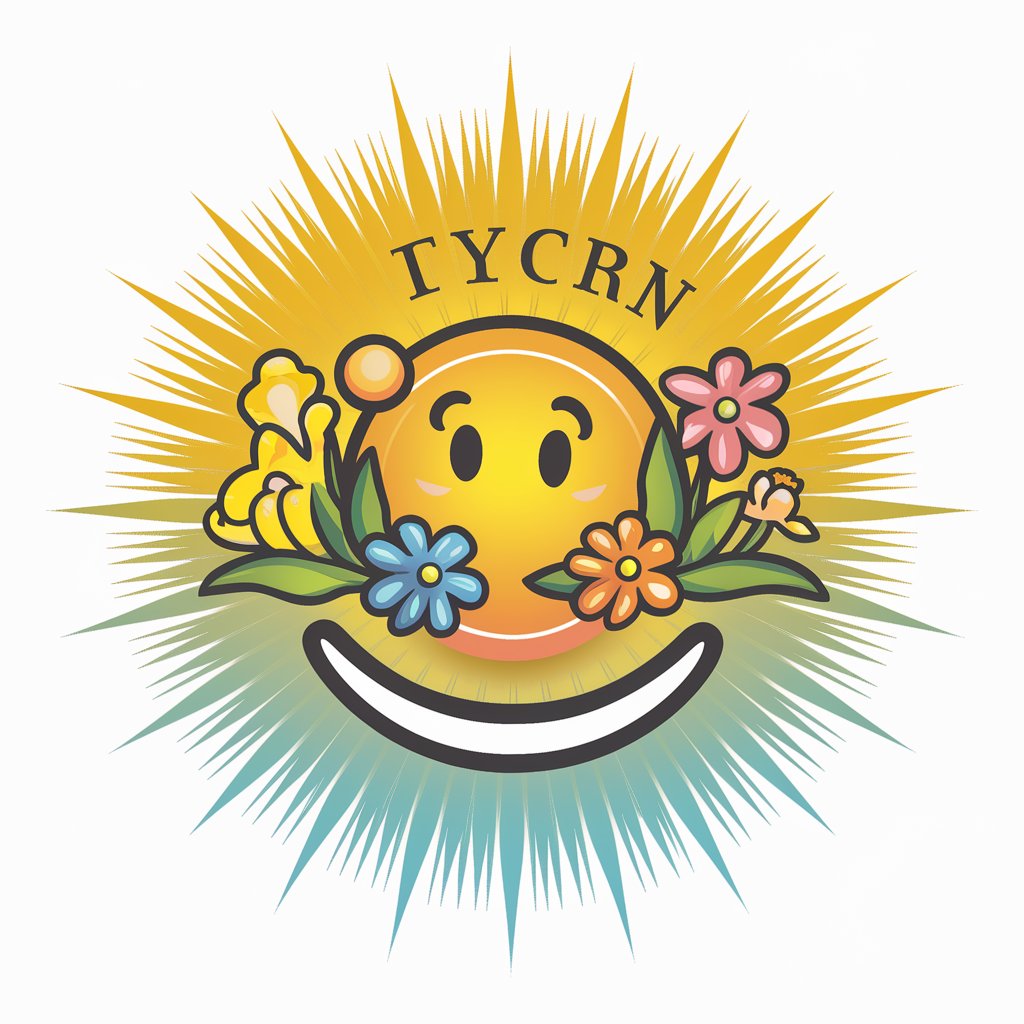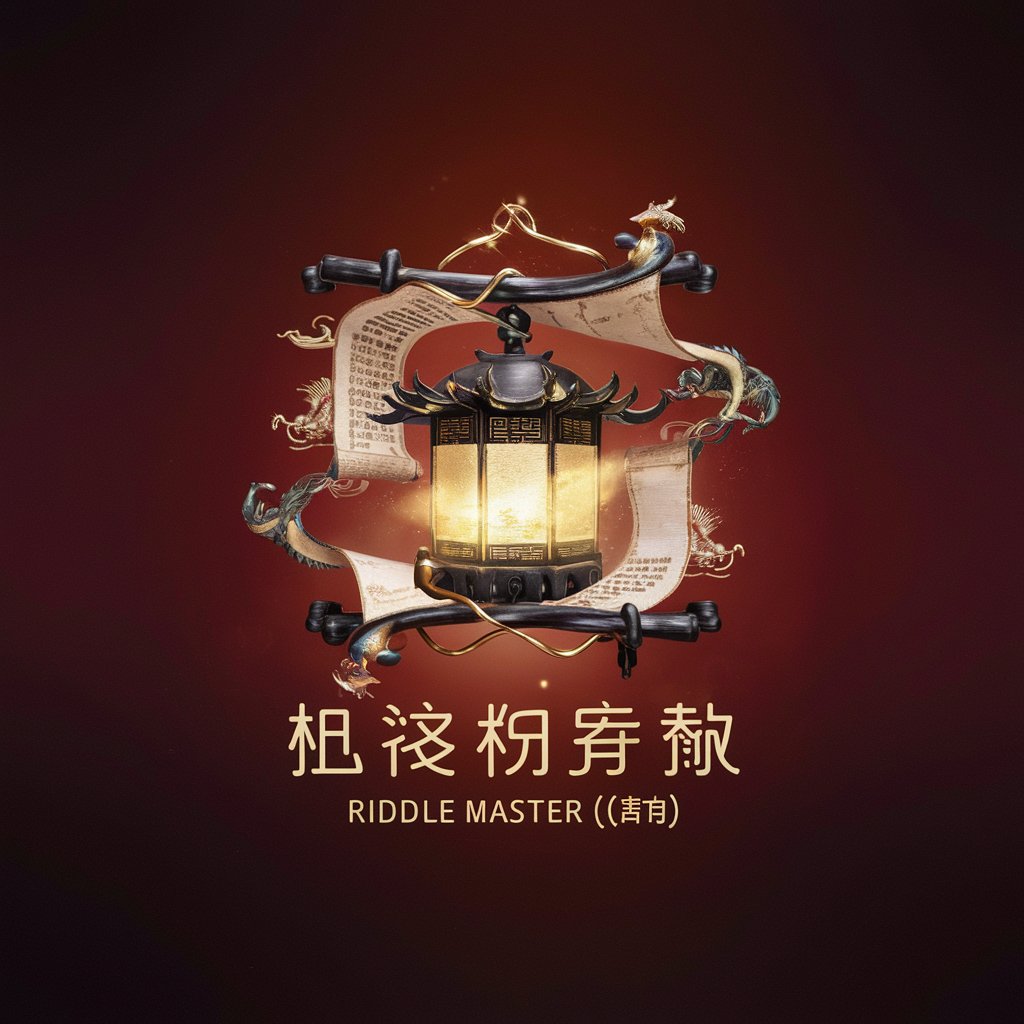「尊敬語・謙譲語・丁寧語」変換 - Japanese Language Formality Converter

Welcome to the Japanese formal language transformer!
Elevate Your Japanese with AI-Powered Respect, Humility, and Politeness
How can I effectively use sonkeigo when addressing a senior colleague?
Can you provide examples of kenjougo for different situations?
What are some common mistakes to avoid in teineigo?
How does Japanese respectful language vary between regions?
Get Embed Code
Introduction to 「尊敬語・謙譲語・丁寧語」変換
「尊敬語・謙譲語・丁寧語」変換, also known as Keigo Conversion, is a specialized GPT designed to transform text into three distinct levels of formality in the Japanese language: respectful (sonkeigo), humble (kenjougo), and polite (teineigo) language styles. This GPT is tailored to assist users in formal communication settings where the appropriate use of keigo is crucial. An example scenario illustrating its purpose could involve a business professional drafting an email to a senior executive. The original sentence might be 'I will report our project's progress tomorrow.' The GPT would then convert this into sonkeigo as '明日、プロジェクトの進捗をご報告させていただきます', kenjougo as '明日、プロジェクトの進捗を私どもからご報告申し上げます', and teineigo as '明日、プロジェクトの進捗を報告します'. This service ensures the communication is appropriately respectful, demonstrating the user's understanding of social hierarchy and respect. Powered by ChatGPT-4o。

Main Functions of 「尊敬語・謙譲語・丁寧語」変換
Conversion to Respectful Language (尊敬語)
Example
Convert '知っていますか?' to 'ご存知ですか?'
Scenario
Used when addressing superiors or customers, highlighting their actions or states in a respectful manner.
Conversion to Humble Language (謙譲語)
Example
Convert '送ります' to 'お送りいたします'
Scenario
Employed in scenarios where one's actions or the actions of someone related to the speaker are being modestly downplayed.
Conversion to Polite Language (丁寧語)
Example
Convert '行く' to '行きます'
Scenario
Applied in general polite communication to convey a sense of courtesy, regardless of the social standing of the person being addressed.
Ideal Users of 「尊敬語・謙譲語・丁寧語」変換 Services
Business Professionals
Professionals engaging in formal correspondence with superiors, clients, or stakeholders, ensuring communication is culturally and contextually appropriate.
Students and Academics
Individuals studying Japanese or involved in academic settings where formal language is essential for presentations, emails, or academic papers.
Expatriates and Foreign Workers in Japan
People living and working in Japan who may not be fully versed in the nuances of keigo, helping them navigate formal social and business situations effectively.

How to Use the Japanese Respectful, Humble, and Polite Language Converter
Step 1
Visit yeschat.ai for a free trial without login, also no need for ChatGPT Plus.
Step 2
Choose the type of language conversion you need: respectful (sonkeigo), humble (kenjougo), or polite (teineigo) based on your context and audience.
Step 3
Input the sentence or paragraph you want to convert into the designated text box. Ensure it's clear and concise for the best results.
Step 4
Click the 'Convert' button to initiate the translation process. The tool will automatically apply the selected language style to your text.
Step 5
Review the converted text. You may need to adjust based on context, as automated conversions might not capture all nuances perfectly.
Try other advanced and practical GPTs
言葉をポジティブ変換します
Empower Words with AI-Driven Positivity

Nihon Navigator
Discovering Japan's Performing Arts, Powered by AI

坦多罗教专家
Unveiling the Mysteries of Tandora

chat老师
Elevate Your Java Skills with AI

Yamato Takeru 日本武尊
Bringing Legendary Tales to Life

Riddle Master (燈謎天尊)
Decipher the mysteries with AI.

太上老君/太清道德天尊/福生无量天尊
Navigate life's journey with Daoist insights

规划人生
Empowering Your Goals with AI

养老规划师
AI-driven retirement planning made easy.

旅行规划助手
Tailoring Your Journey with AI

产品规划师
Streamlining Product Development with AI

健身规划教练
AI-powered Custom Fitness Plans

Detailed Q&A about Japanese Respectful, Humble, and Polite Language Converter
What is the main purpose of the Japanese Respectful, Humble, and Polite Language Converter?
The main purpose is to help users convert standard Japanese sentences into either respectful (sonkeigo), humble (kenjougo), or polite (teineigo) language styles, facilitating appropriate communication in formal contexts.
Can this tool convert large documents?
Yes, the tool can handle paragraphs and larger documents. However, the accuracy and appropriateness of conversion might vary with the complexity of the text and context.
Is this tool suitable for learning Japanese?
While primarily a conversion tool, it can serve as a learning aid by providing examples of how sentences can be structured in different formalities, thus offering practical insights into respectful, humble, and polite Japanese usage.
How does the tool handle idiomatic expressions or slang?
The tool attempts to convert idiomatic expressions or slang into more formal equivalents, but users should review these conversions for context appropriateness, as nuances may not be fully captured.
Can the converted text be used in professional settings without further editing?
The converted text provides a solid base, but given the nuances of Japanese honorifics and the importance of context, it's advisable to review and possibly edit the text to ensure it meets the specific needs of the professional setting.
